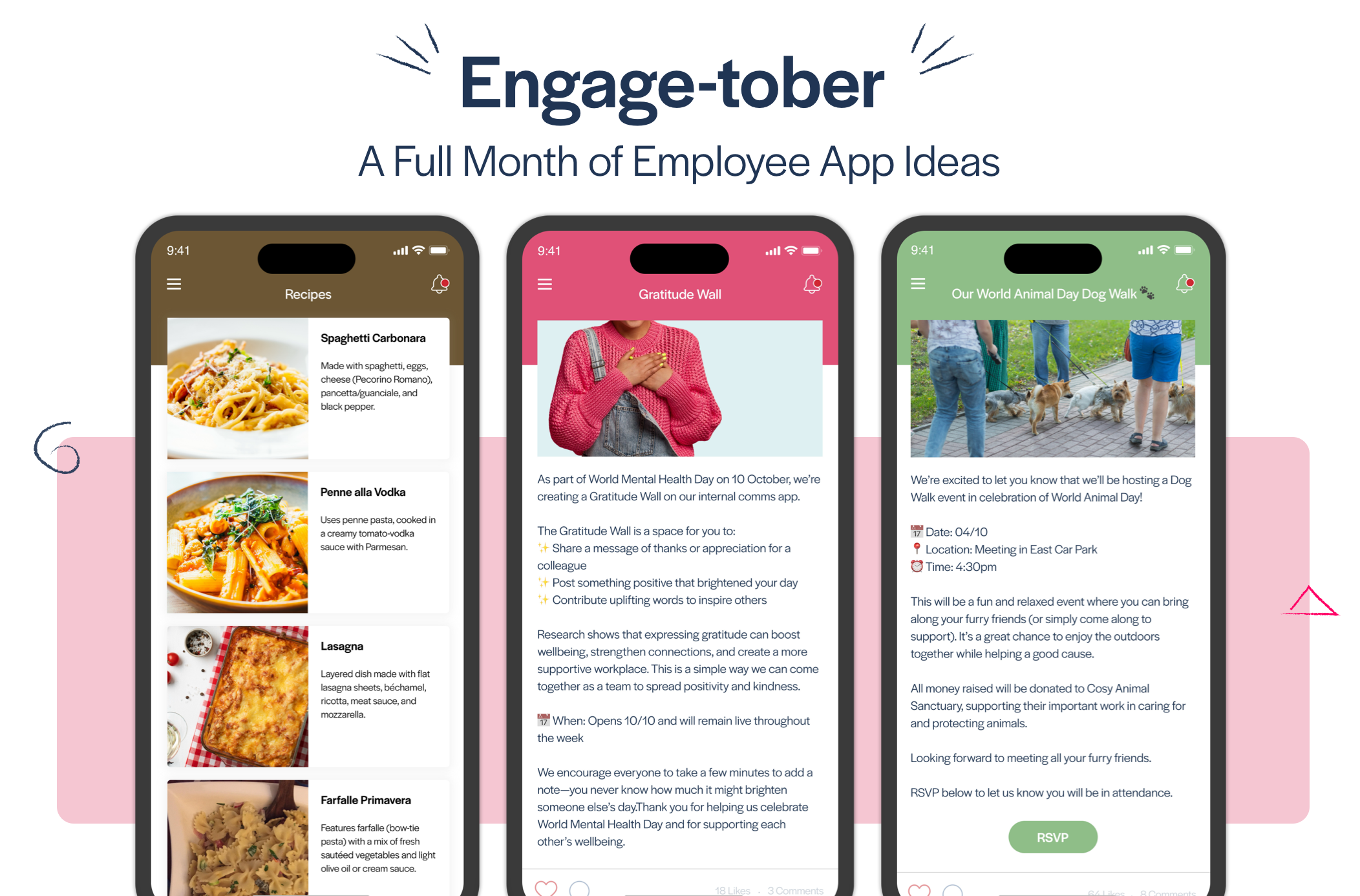
Blog
Do Your Front-line Employees Know You Care?
How you can use internal communications to demonstrate compassion and facilitate connection during the COVID-19 crisis, and beyond.

The crisis brought on by COVID-19 has required rapid responses not just from governments and the epidemiological and medical communities. It’s also created a scramble for those working in internal communications and HR, as they’ve had to quickly and proactively communicate sudden changes in the workplace meant to keep workers and customers safe.
And although physical health has been top-of-mind—i.e., implementing measures to “flatten the curve,” “stop the spread,” and prevent illness—an area where your employees are suddenly more increasingly vulnerable is their mental health.
A recent study, for example, found that healthcare workers on the front-lines in China, where the first cases of the Coronavirus broke out, were significantly more likely to experience symptoms of depression, anxiety and insomnia than their colleagues who weren’t on the front-lines.
This is an issue that can also be experienced by other key workforces: those in transport, delivery services, facilities management, logistics, safety, manufacturing, and other essential industries. These employees generally aren’t sitting at desks, don’t have computers or laptops with them all day (if at all), and have many barriers to receiving company communications.
Without the right frequency, delivery, and type of content, these workers may feel even more cut off and isolated than they usually do.
With Crisis Comes Opportunities to Improve
Mental health experts are calling on employers to provide support for their employees, whose routines and ways of working have been completely disrupted by the virus. Employee communications are a primary opportunity to do just that.
In our hot-off-the-presses eGuide, we look at several ways communications and HR teams can pivot their crisis communications strategies to improve effectiveness, develop relationships with front-line employees, and increase resilience to challenges.
The fact of the matter is that, although almost no one could have seen the COVID-19 pandemic coming, it’s evident that some organisations are better equipped than others to communicate with their front-line. Now that we are in the midst of the crisis, it’s time to take a good hard look at which areas of your communications plan need some bolstering so that you can better serve your key workers.
Two common areas that you may find lacking in this crisis-centered climate? Communication that shows compassion and facilitates connection.
Here are two messaging shifts for you to try as you seek to support your employees during this critical time.
1. Messaging Shift: Compassion
In normal times, corporate communication is often focused on workplace issues, performance, policies, and so on.
But with the current crisis, it’s time to consider shifting your focus to your employees in an attempt to provide tools and information geared to safeguard their mental health.
Consider the following:
- What are their vulnerabilities as they head to work each day? What fears and uncertainties might they be facing?
- What sorts of content might they want to hear from the CEO and the rest of leadership right now?
- What coping strategies and resources can you extend?
- How can you provide context regarding what the pandemic means to them in their roles and responsibilities?
- Do they know exactly where to access support resources, and have you provided the right technology for them to do so?
- Do they have clarity about health and hygiene procedures?
- What opposition or challenges might they face as they interact with customers or the public, and how can your communication provide the training and support they need?
- What other circumstances might they be facing outside of work that could contribute to higher stress levels during this time (such as having kids home from school or elderly parents or at-risk family members they are concerned about)?
2. Messaging Shift: Connection
With social distancing highlighting the need for connection, internal communications and HR teams have a great opportunity to facilitate that connection within the workplace in digital, mobile-first ways.
How can you empower employees to connect with each other and with the wider organisation on their personal or company-issued mobile devices? That connection will often be work-related, but it’s important to build in fun, too, as you seek to create a connected workplace culture.
Get creative about devising programmes that recognise and reward front-line employees for their efforts and teamwork, or creating digital spaces where employees can share wins, challenges, and post things that make them smile. Emphasize and enable circular communication, ensuring that workers have ways to offer input and feedback, and that leadership is reacting and responding to that feedback.
Above all, make sure your communications express empathy at this time that’s so difficult for so many. Your efforts to show compassion and inspire connection could make a difference in the mental health of your employees.
Next Steps…
If you’re new around here, we’d love to get acquainted and have a conversation about how you can incorporate more compassionate, connection-centered content into your communications with a Thrive solution.
Let's chat about the steps we are taking to ensure you have the expertise and software to successfully transform communications across your entire organisation.









